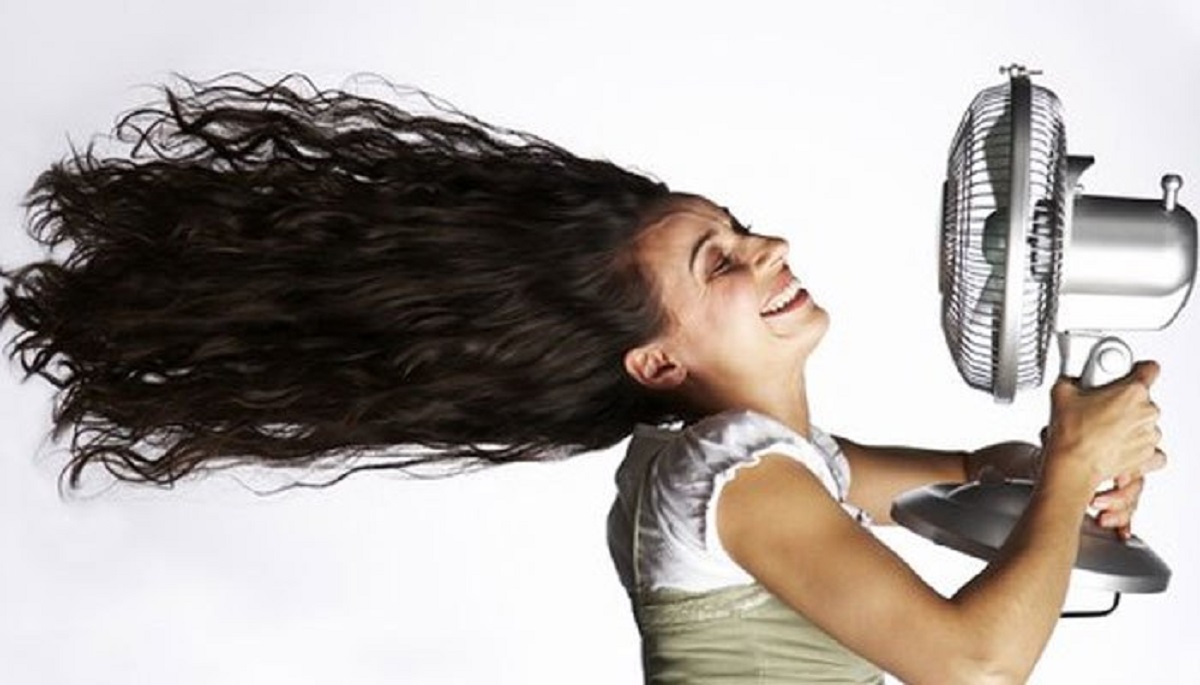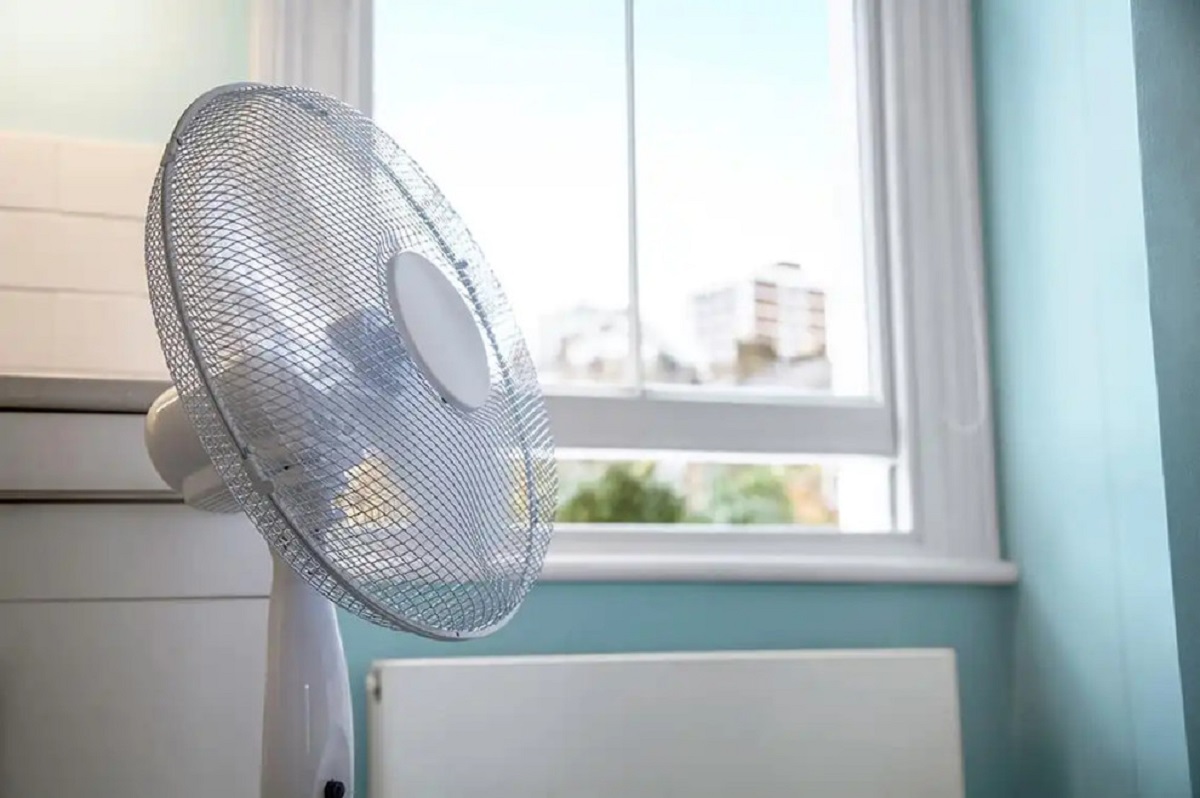1) Avoid Direct Air Flow from the Electric Fan to Your Head and Face

However, other parts of the body that are not directly in the path of the fan, such as the back and legs, will still be sweating, causing the blood vessels to dilate. The temperature difference between different parts of the body can make us feel unwell, tired, and even feverish. Therefore, it is important to maintain a reasonable distance when using the fan for cooling.
2) Avoid Turning the Fan to the Maximum Wind Speed Immediately
When the weather is extremely hot, we often have the habit of turning the fan to the highest speed to cool down quickly. Usually, if the outdoor temperature is extremely hot, above 30 degrees Celsius, this practice does not cause any harm. However, if the outdoor temperature is relatively cool, below 30 degrees Celsius, and we still turn the fan to the maximum speed, it will cause the skin surface temperature to drop rapidly, and the pores will tighten, preventing sweat from escaping.

Gradually, the temperature difference will cause the body temperature to rise, making us feel tired and achy. Therefore, it is advisable to set the fan at a moderate speed, depending on the current weather conditions. This will help prevent a sudden drop in body temperature and better protect your health.
3) Avoid Using the Electric Fan Continuously
Like many other electronic devices, electric fans also need rest after prolonged use. If we use the fan continuously without any breaks, the fan’s electric motor will operate at full capacity, causing it to overheat and potentially leading to unwanted breakdowns.

It is best to give the fan a rest after it has been running for 3-4 hours. Allow it to cool down for about 30 minutes to reduce the motor’s temperature and prolong its lifespan. Additionally, this practice will help conserve electricity and prevent a significant increase in your electricity bill, especially with the rising cost of electricity.
4) Avoid Using the Electric Fan When Your Body is Sweating Profusely
Many people tend to turn on the electric fan immediately after exercising or working outdoors, resulting in excessive sweating. This can lead to health risks. When the body is sweating profusely, the blood vessels dilate to facilitate faster blood circulation. Turning on the fan to blow cold air will cause the blood vessels to constrict suddenly, increasing the risk of stroke, cerebral infarction, and even paralysis, which can be extremely dangerous.

5) Keep Your Electric Fan Clean
Electric fans can get extremely dirty over time due to the accumulation of dust and dirt from the air. If not cleaned properly, your fan will become less efficient, its motor will overheat more quickly, and its lifespan will be affected. Therefore, it is important to allocate time to regularly clean your electric fan, especially the fan grill, blades, and rotating shaft. This will ensure that your fan operates effectively and provides a refreshing breeze for you and your loved ones.

How to Choose the Right Type of Electric Fan for Your Needs
The type of electric fan you choose depends on your family’s needs and the area you want to cool. It is important to select a fan that is suitable for the room’s size for optimal cooling efficiency. Here are some common types of fans and their corresponding suitable areas:
– Table Fan: Ideal for cooling areas ranging from 10 to 15 square meters.
– Pedestal Fan: More powerful than a table fan, suitable for areas between 15 and 20 square meters.
– Ceiling Fan: Depending on the length of the blades, it can cool areas ranging from 20 to 30 square meters.
– Air Circulator Fan: Depending on its design and power, it can cool areas from 15 to 30 square meters.
– Misting Fan: Suitable for cooling areas ranging from 10 to 15 square meters.
The Secret to Perfectly Crisp and Delicious White Salted Mustard Greens: A Simple Trick to Ensure They Stay Pristine and Vangiant-Free
“Pickled cabbage is a beloved Vietnamese delicacy with a crunchy, crisp texture and a delightful tang. The secret to achieving this perfect texture and pristine white appearance lies in a special ingredient added during the pickling process. This time-honored technique ensures a truly exceptional culinary experience, and we’re here to reveal the mystery behind it.”







































